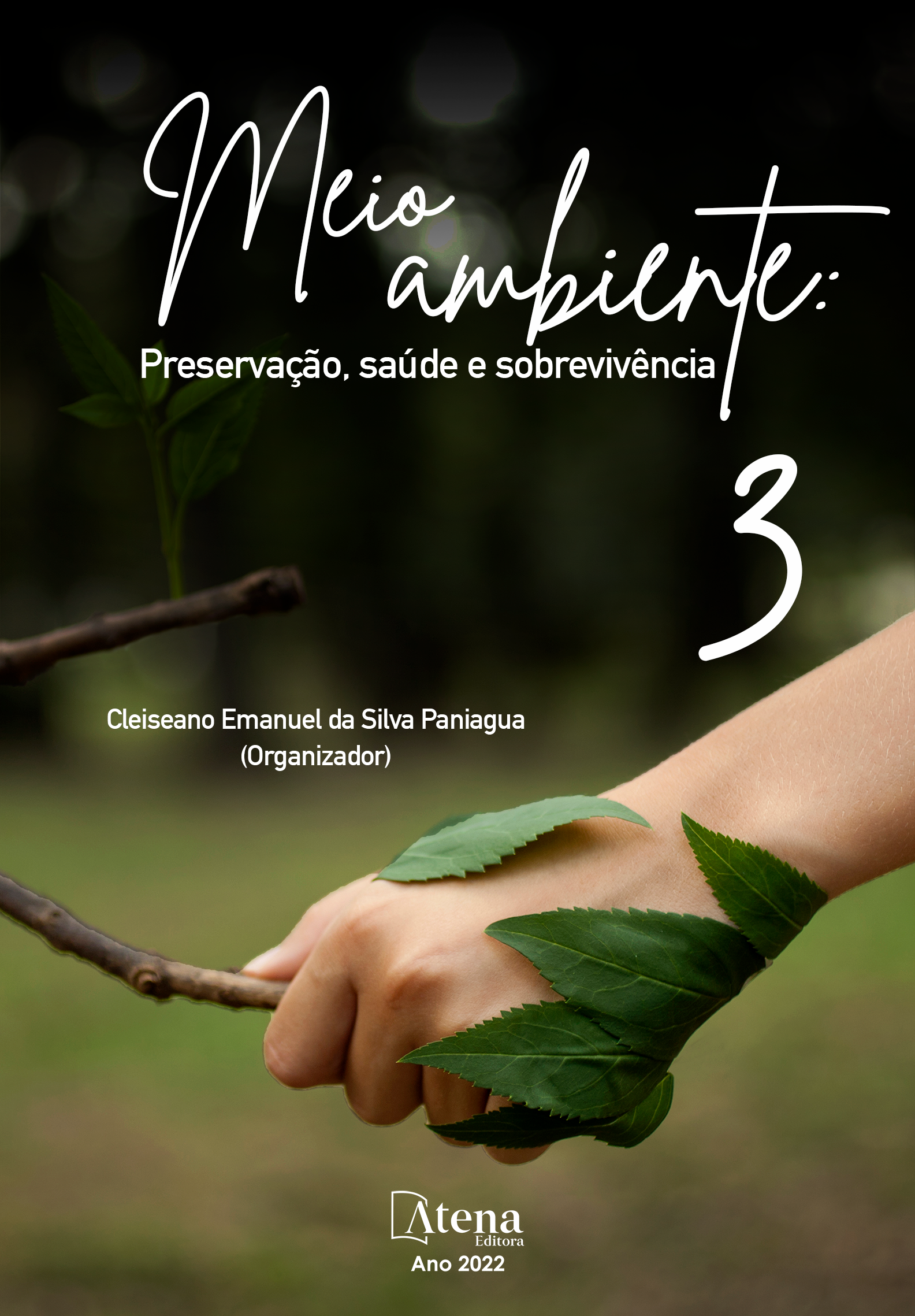
APLICAÇÃO DE SUBSTÂNCIAS BIOESTIMULANTES PARA O MANEJO DO DÉFICIT HÍDRICO NA CULTURA DA SOJA
No cerrado, região de grande relevância na produção de grãos, os produtores enfrentam problemas com veranicos severos. O déficit hídrico tem influência direta na taxa fotossintética, a qual está diretamente associada com a produção de fotoassimilados e, consequentemente, com a produtividade. Partindo da hipótese de que os bioestimulantes a base de macronutrientes, micronutrientes, aminoácidos, extratos vegetais e outras substâncias e complexos naturais, aplicados na planta promove efeito no crescimento, desenvolvimento e produtividade da cultura do soja, são necessários estudos para avaliar as características morfológicas, fisiológicas, e a produtividade de grãos para entender melhor o comportamento destes bioestimulantes aplicados em cominações entre si. Portando, objetivou-se com este estudo avaliar a aplicação de diferentes combinações de bioestimulantes na cultura da soja, sobre suas características fisiológicas, morfológica e produtividade, bem como determinar a melhor combinação para a cultura soja. O experimento foi desenvolvido na Fazenda de Ensino, Pesquisa e Extensão da Faculdade UniBRAS – Rio Verde – GO. O delineamento experimental utilizado foi de blocos casualizados com quatro repetições. Os tratamentos consistiram na aplicação de 5 combinações de bioestimulantes: T1 - Extrato de Alga + Ácido Fúlvico; T2 - Aminoácidos + Extrato de Alga + Nutrientes; T3 - Aminoácidos + Extrato de Alga + Ácido Fúlvico; T4 - Aminoácidos + Ácidos Fúlvico + Nutrientes e T5 - Controle. Foram mensuradas as variáveis biométricas, fisiológicas e produtividade dos grãos da soja. Os dados foram submetidos a análise de variância (p<0,05) e ao teste de média Tukey (p<0,05). A combinação entre o extrato de algas e ácido fúlvico, promoveu um maior aumento no potencial hídrico, mostrando ser mais eficiente no manejo do déficit hídrico.
APLICAÇÃO DE SUBSTÂNCIAS BIOESTIMULANTES PARA O MANEJO DO DÉFICIT HÍDRICO NA CULTURA DA SOJA
-
DOI: 10.22533/at.ed.76322200514
-
Palavras-chave: Glycine max, Ascophyllum nodosum, aminoácidos, potencial hídrico, produtividade.
-
Keywords: Glycine max, Ascophyllum nodosum, amino acids, water potential, productivity.
-
Abstract:
In the cerrado, a region with large grain production, producers face problems with severe summers. The water deficit has a direct influence on the photosynthetic rate, which is directly associated with the production of photoassimilates and, consequently, with a productivity. Based on the hypothesis that biostimulants based on macronutrients, micronutrients, amino acids, plant extracts and other natural sources, plant techniques promote an effect on the growth, development and productivity of the soybean crop, studies are carried out to evaluate the morphological and physiological characteristics , and the grain yield for the best behavior of these conceptual biostimulants in combinations with each other. Therefore, the aim of this study was to evaluate the application of different biostimulant foods in the soybean crop, on their physiological, morphological and yield characteristics, as well as to determine the best combination for the soybean crop. The experiment was carried out at the Teaching, Research and Extension Farm at UniBRAS College - Rio Verde - GO. The experimental design used was randomized blocks with four replications. The treatments consisted of the application of 5 models of biostimulants: T1 - Alga Extract + Fulvic Acid; T2 - Amino Acids + Seaweed Extract + Nutrients; T3 - Amino Acids + Alga Extract + Fulvic Acid; T4 - Amino Acids + Fulvic Acids + Nutrients and T5 - Control. Biometric, physiological and soybean grain yield variables were measured. Data were prepared by analysis of variance (p <0.05) and the Tukey mean test (p <0.05). A combination of algae extract and fulvic acid promoted a greater increase in water potential, proving to be more efficient in managing water deficit.
-
Número de páginas: 18
- Nelmício Furtado da Silva
- Marconi Batista Teixeira
- Giacomo Zanotto Neto
- Fernando Rodrigues Cabral Filho
- Fernando Nobre Cunha
- Wendson Soares da Silva Cavalcante


